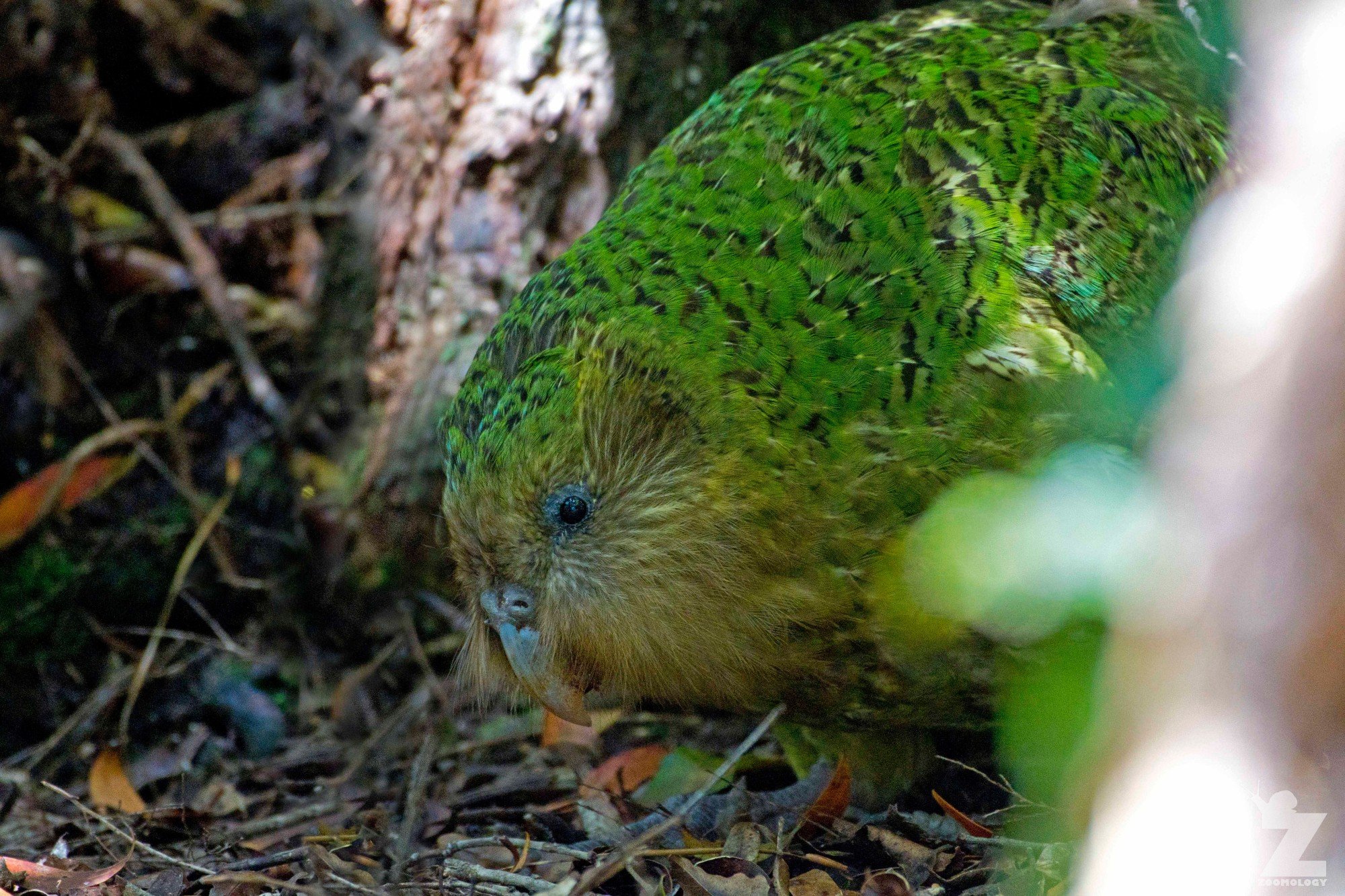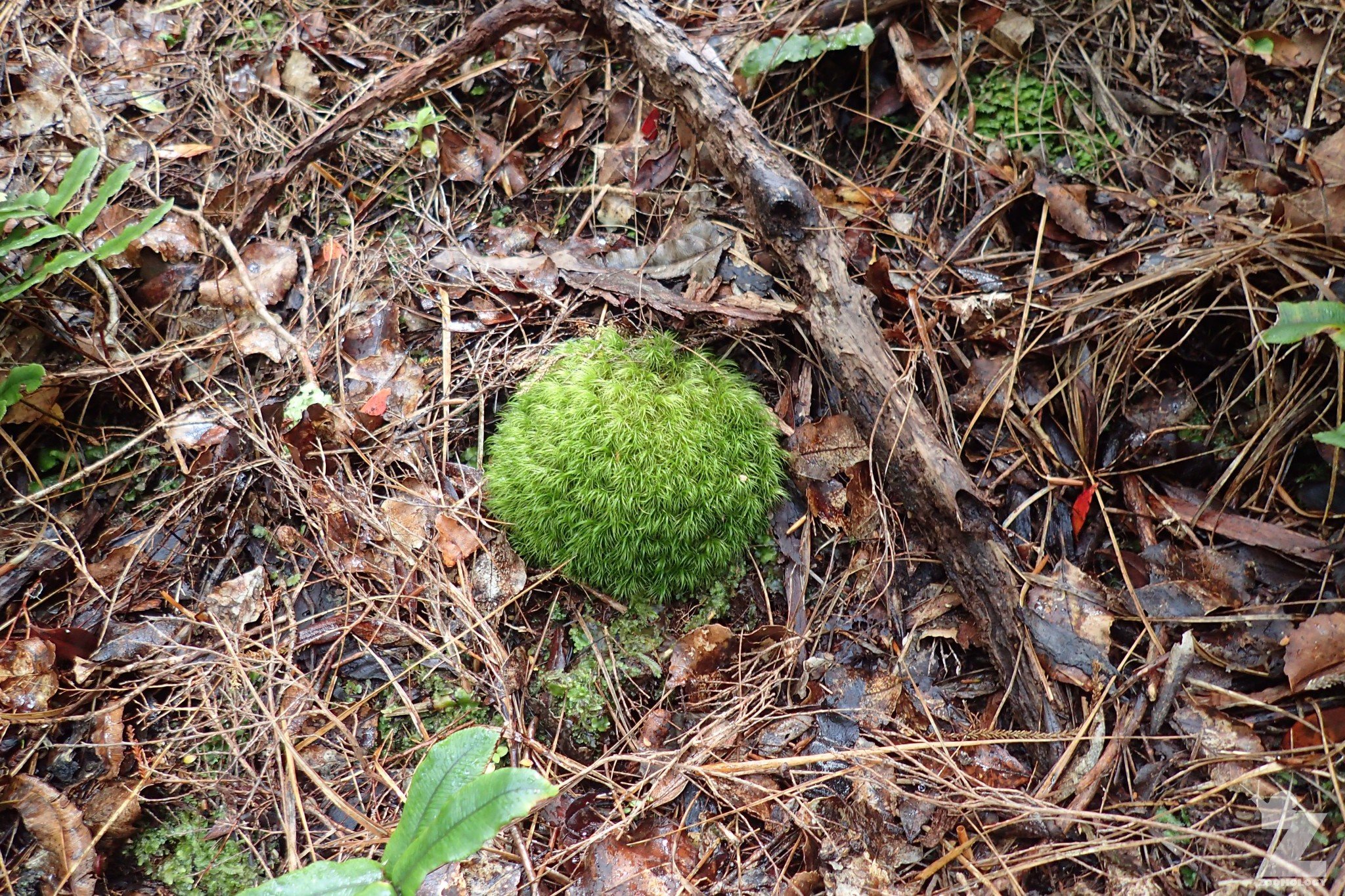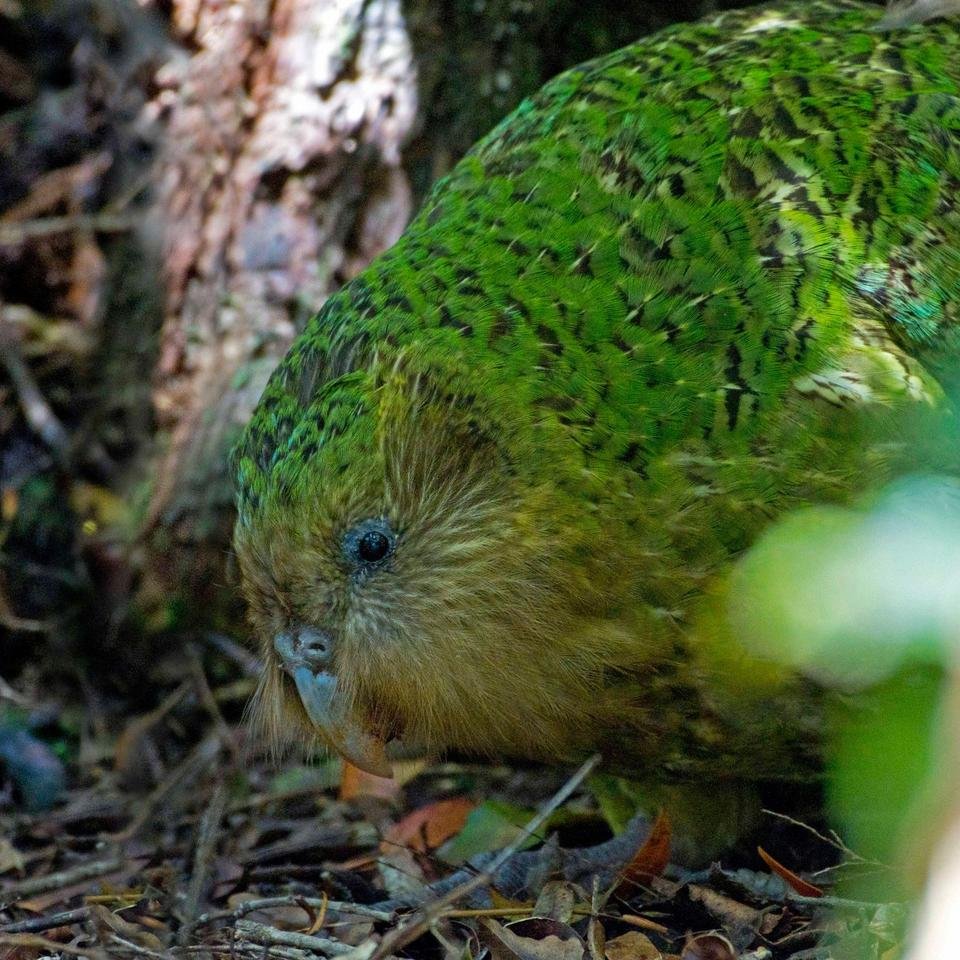Emma Crawford spent 2 weeks on Whenua Hou volunteering with the Kākāpō Recovery Programme.
Our newest team member, Emma Crawford, has had a passion for ecology for as long as she can remember. “When I was little I was always out in the garden lifting up logs and rocks, searching for insects and all sorts of creatures. It’s funny, as an ecologist, I do the exact same thing now.”
As a Kiwi and an ecologist, Emma had always wanted to work with endangered kākāpō. Volunteer opportunities, however, only present themselves every couple of years due to the parrot’s temperamental breeding patterns.
Kākāpō only enter a breeding season after certain trees flower en masse, producing large quantities of seed and fruit (known as a mast). The abundance of food spurs the parrots into reproductive action. These masts occur every 2–4 years.

After a much anticipated wait, 2019 was a mega-mast year and Emma and her partner Tom were able to volunteer at Whenua Hou (Codfish Island).
“There is no public access to Whenua Hou. As predators have been eradicated on the island, the quarantine procedure is very strict to ensure no stowaways are transported accidentally.”
The island, west of Rakiura Stewart Island, is a predator-free sanctuary for many native New Zealand species, such as mottled petrel, Fiordland crested penguin, Campbell Island teal, and the endemic Codfish Island fernbird. It also hosts the largest population of kākāpō in New Zealand.
“We helped with the supplementary feed-out. During the 2 weeks we were on Whenua Hou, we tramped around the island each day, cleaning and refilling feed stations to ensure all the birds were getting suitable nutrition for breeding.”
“Being so isolated, you really sensed a feeling of what New Zealand may have been like before humans began altering the environment.”

Despite spending time in the kākāpō capital, Emma only spotted two of the elusive parrots. “All of our hundreds of other kākāpō sightings ended with a disappointed sigh of, ‘Oh, it’s just a ball of moss…’ but no offence to any bryologists out there!”


